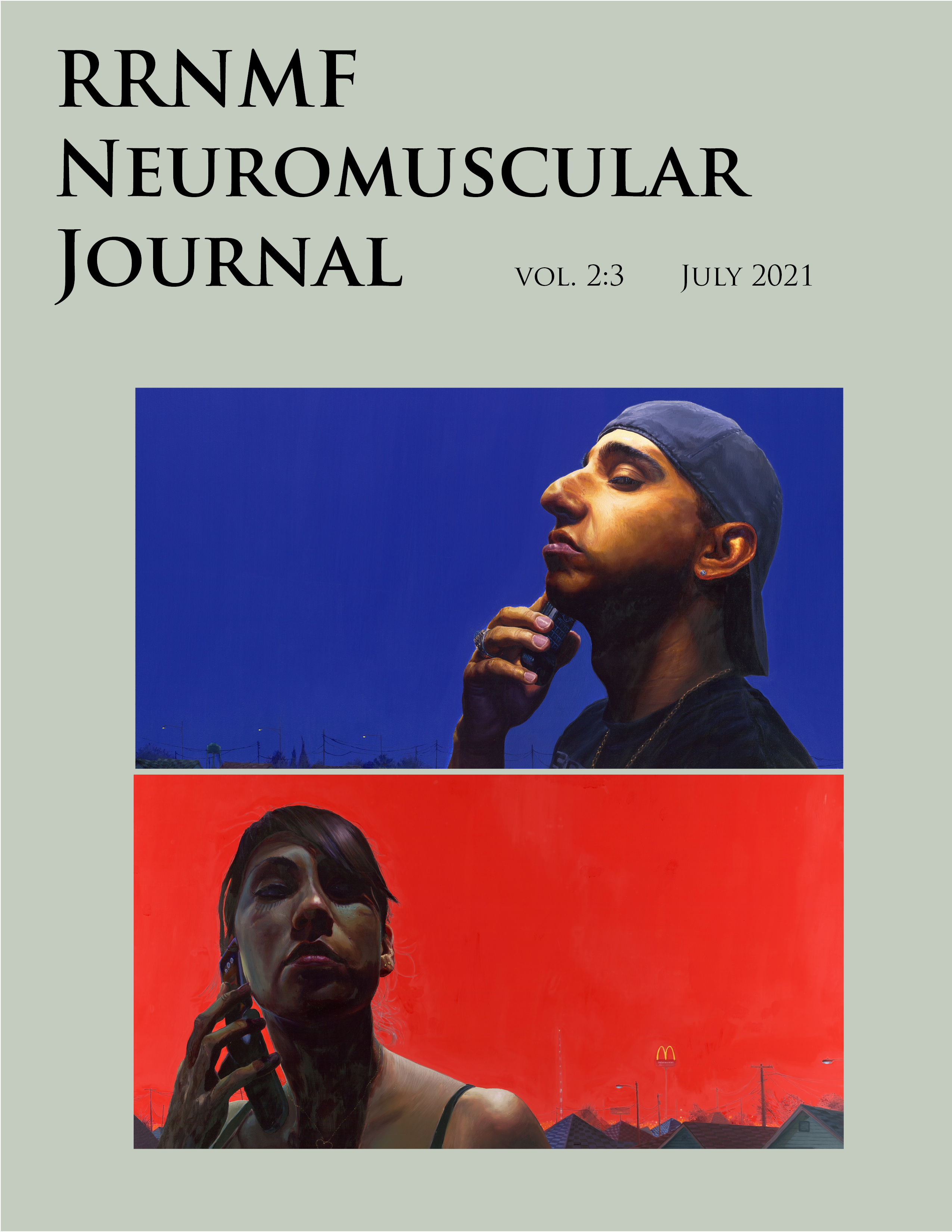Rapid Rate Intravenous Immunoglobulin Administration: Safety Outcomes in 11,334 Infusions
DOI:
https://doi.org/10.17161/rrnmf.v2i3.15237Keywords:
ivig, patient safety, neuromuscular disease, harm/risk analysis, octagamAbstract
A national home infusion services provider (KabaFusion, LLC) traditionally administered intravenous immunoglobulin (IVIG) at conservative maximum infusion rates to minimize adverse drug reactions (ADRs). The objective of this retrospective observational study was to identify the impact of increased on-label infusion rates of a specific, high-purity product (Octagam) on patient safety. The study included all patients who received IVIG over a 10-year period. The study population was composed of both adult and pediatric patients, with neuroimmune, neuromuscular disorders, and primary immune deficiency diseases warranting IVIG treatment. Patients were divided into two randomized groups to provide an even distribution for analysis: those who received IVIG infusions at a rate of <110 mL/hr (Group 1) and those who received IVIG at ³110 mL/hr (Group 2). There were 489 patients identified for inclusion in Group 1 (n=245) and Group 2 (n=244). Demographics (gender, age) and exposure (number of infusions) were similar between both groups.
The study data included 11,334 total IVIG infusions with a total of 392 ADRs (3.5%). ADRs in the high infusion rate group (Group 2) were significantly lower (5.1% vs.1.8%, p<0.0001). In addition, the incidence of non-serious ADRs in Group 2 (1.7%) vs. Group 1 (4.8%) were also significantly lower in the high infusion rate group (p<0.0001). The number of serious adverse drug reactions (SADRs) was lower in Group 2 but did not reach statistical significance (Group 1: 0.3% vs Group 2:0.1%, p=0.0741). Based on these results, infusion rates of specific high-purity IVIG products were associated with statistically and clinically significant lower non serious ADRs in both the adult and pediatric populations, in addition to having an association of clinical significance in both for SADRs. These results can be of great utility in clinical application if applied within the manufacturer’s recommended guidelines, to ease the burden of time required for patients undergoing IVIG infusions.
Downloads
References
REFERENCES
Perez EE, Orange JS, Bonilla F, et al. Update on the use of immunoglobulin in human disease: A review of evidence. J Allergy Clin Immunol. 2017;139:S1-S46.
Kriván G, Königs C, Bernatowska E, et al. An open, prospective trial investigating the pharmacokinetics and safety, and the tolerability of escalating infusion rates of a 10% human normal immunoglobulin for intravenous infusion (IVIg), BT090, in patients with primary immunodeficiency disease. Vox Sang. 2015;3:248–256
Sleasman JW, Duff CM, Dunaway T, et al. Tolerability of a new 10% liquid immunoglobulin for intravenous use, Privigen, at different infusion rates. J Clin Immunol. 2010;30:442–448.
Rigas M, Tandan R, Sterling RJ. Safety of liquid intravenous immunoglobulin for neuroimmunologic disorders in the home setting: a retrospective analysis of 1085 infusions. J Clin Neuromusc Dis. 2008;10:52-55.
Souayah N, Pahwa A, Burawski L, et al. A retrospective analysis of the safety profile of intravenous immunoglobulin in 1176 patients receiving home infusion therapy. J Clin Neuromusc Dis. 2018;19:181-195.
Souayah N, Pahwa A, Burawski L, et al. The safety profile of home infusion of intravenous immunoglobulin in patients with neuroimmunologic disorders. J Clin Neuromusc Dis. 2011;12:S1-S10.
Sparado G, Vultaggio A, Bosia A, et al. Rapid infusions of human immunoglobulin 50 g/l are safe and well tolerated in immunodeficiencies and immune thrombocytopenia. Intl Immunopharm. 2017;44:38-42.
Octagam 5%. Human Normal Immunoglobulin. Solution for Infusion. Prescribing Information, Octapharma.
Octagam 10%. Human Normal Immunoglobulin. Solution for Infusion. Prescribing Information, Octapharma.
Downloads
Published
Issue
Section
License
Copyright (c) 2021 Nazia Rashid PharmD, Michael Rigas PharmD, Fawad Piracha PharmD, Syeda L. Alqadri, MD

This work is licensed under a Creative Commons Attribution-NonCommercial-NoDerivatives 4.0 International License.

